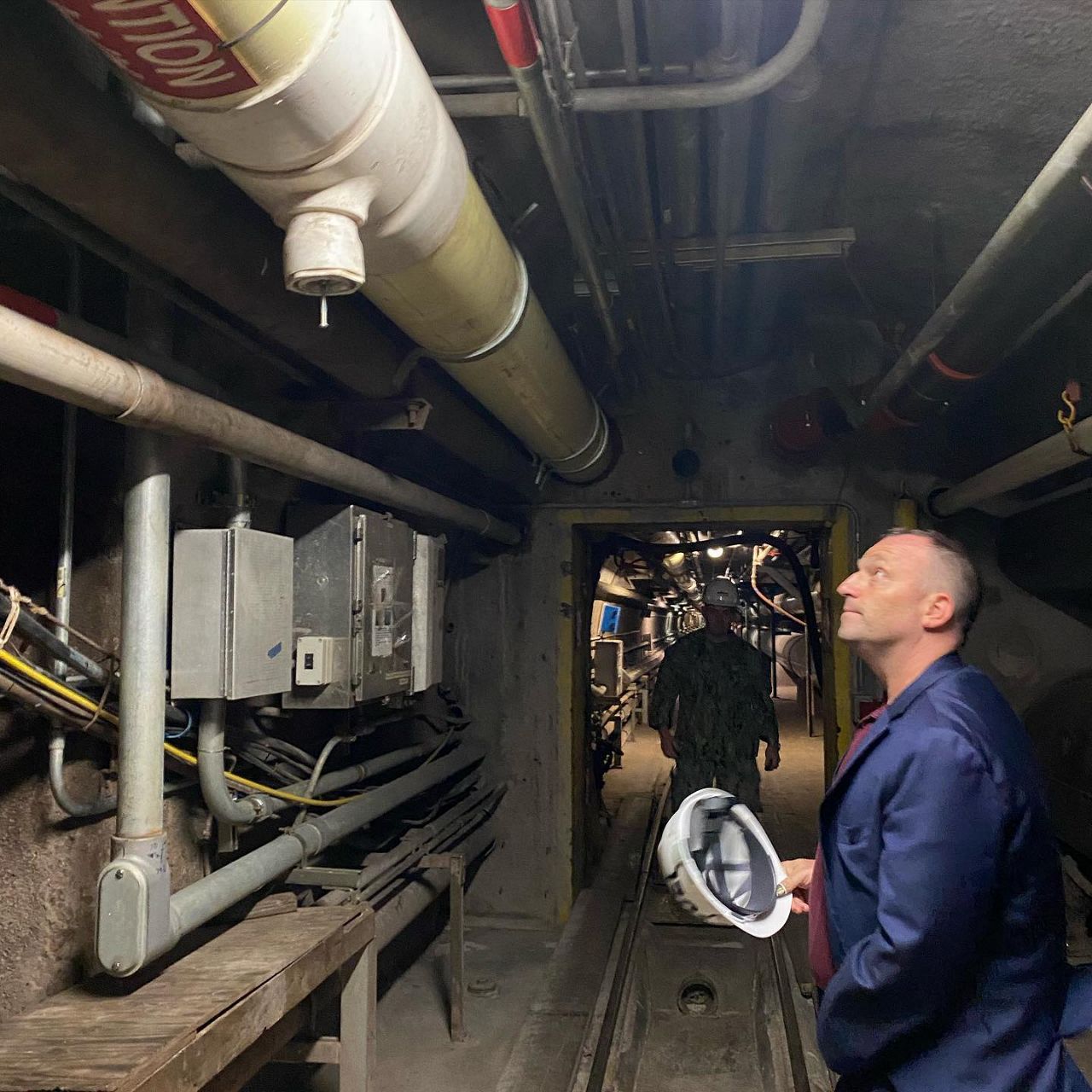Members of Hawaii’s Congressional delegation are hoping that Governor David Ige will ask President Joe Biden to issue an emergency declaration this week following a fuel leak on a Navy base that contaminated some of Oahu's drinking water and forced more than 1,700 families from their homes.
In their letter, Sens. Brian Schatz and Mazie Hirono, and Reps. Ed Case and Kai Kahele, urge Ige “to immediately request that President Biden declare an emergency and to direct the Environmental Protection Agency (EPA) and all other appropriate federal agencies to respond to this crisis.”
More than a week ago, Schatz announced that the White House had committed to providing Hawaii with federal resources to address the water contamination, which appears to have originated from a leak at the Navy’s Red Hill fuel storage facility.
An emergency declaration, however, would require a separate and specific request from the governor in order to free up millions of dollars in federal funds to supplement emergency assistance provided by the state and local governments to those affected by the leak.
As of Monday, Navy divers had started clean up efforts at the Red Hill fuel storage facility, where the leak is believed to have originated in late November, to decontaminate groundwater used by more than 90,000 people.
The leak was first detected by residents who said their water smelled funny or that they got sick after drinking it.
Test results detected chemicals associated with diesel fuel in the water at levels 350 times what the Hawaii Health Department considers safe.
The Red Hill fuel storage facility is made up of 20 underground fuel tanks, built in the early 1940’s, that are able to store up to 250 million gallons of fuel.
The tanks are connected to pipelines that transport the fuel to piers at Joint Base Pearl Harbor-Hickam, which are then used to support US naval operations in the Pacific.
On Friday, Lt. Governor Josh Green appeared to agree with the letter sent by the congressional delegation.
Green served as acting governor last week while Ige attended the Western Governors’ Association 2021 Winter Meeting in California.
In an interview with Hawaii Public Radio, Green said that he believed an emergency declaration was warranted and that he would “have a memo on [Ige’s] desk expressing that” by the time the governor returned home.
The letter lawmakers sent to Ige also urged the EPA to get involved, declaring, “The EPA must be the lead agency in the collection, testing, analysis, and public communication for water quality of the Navy’s water system. EPA must take a more active role in addressing this crisis. We can’t afford another day of the Navy and state and county agencies disagreeing on the basic question of whether the drinking water is safe. We need a trusted independent agency with deep expertise and a mission of environmental protection to take over,” Schatz said.
Currently, Hawaii’s Department of Health and the US Navy have led the efforts to continue testing the contaminated water and address any health issues resulting from it.
According to an emergency order from Hawaii’s Department of Health, the Navy has 30 days to submit a plan to the DOH that will assess how the Navy can safely drain the storage tanks.
Members of Hawaii’s congressional delegation have also vowed to keep the pressure on the Navy until the clean up is complete.
“It is paramount that the Navy understands that Oahu needs safe drinking water. That is the top priority. And I will continue to work with the Congressional delegation and the governor to do whatever is necessary to make that happen,” said Hirono.
During a Senate Armed Services Committee meeting on Thursday, Hirono took an opportunity to talk about the leak while addressing Admiral Christopher Grady.
The pre-scheduled hearing was convened to consider Grady’s nomination to the grade of admiral and to serve as the vice chairman of the Joint Chiefs of Staff.
“Admiral Grady, normally I start each nomination hearing with a series of questions related to a nominee’s fitness for service, however, based on the severity of the ongoing water contamination crisis at Pearl Harbor, I am going to submit those questions for the record … Red Hill sits 100 feet directly above Oahu’s aquifer which is the source of drinking water for all of Honolulu and the surrounding area — threatening the safety of our clean drinking water. While there have been ongoing issues with leaks at Red Hill since 2014, a series of recent preventable accidents have led to the contamination of the Navy’s water system and put the community at risk,” Hirono said in the hearing.
In 2014, about 27,000 gallons of jet fuel leaked into the drinking water after tank 5 at the Red Hill facility underwent a major overhaul.
Controversy could also be brewing as local leaders have started to suggest how to prevent this kind of a spill from happening again.
Some, including Green, have said that process might involve moving the storage tanks to a location above ground.
The move would be very costly for the Navy. A 2018 analysis by the Naval Facilities Engineering Systems Command found that constructing a new jet fuel facility to replace the tanks at Red Hill could cost between $4 billion and $10 billion and could take until 2051 to complete.



